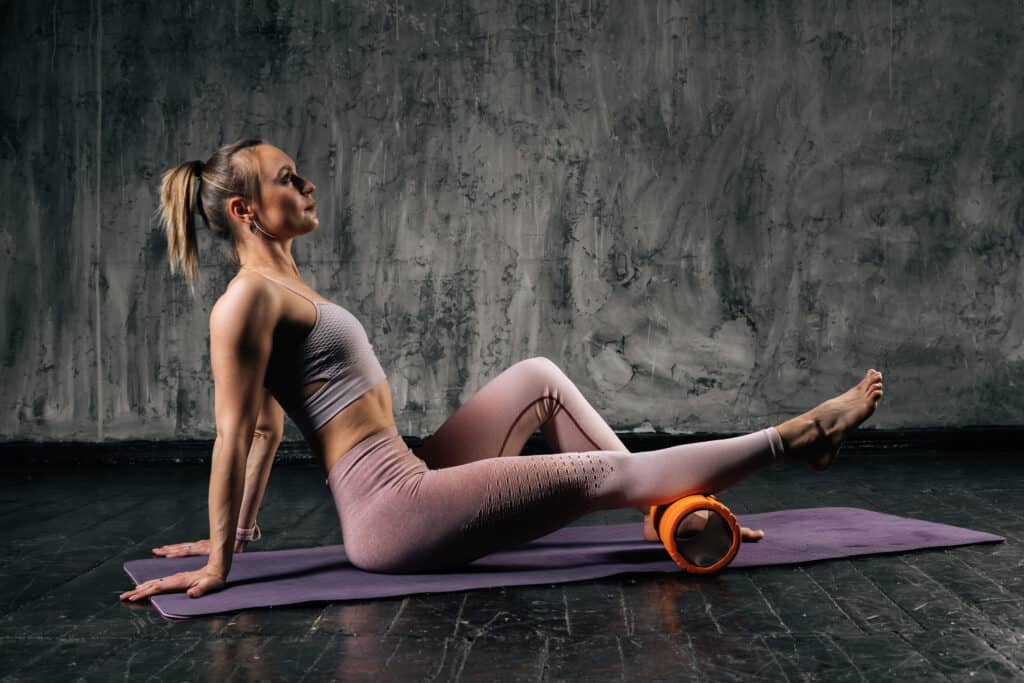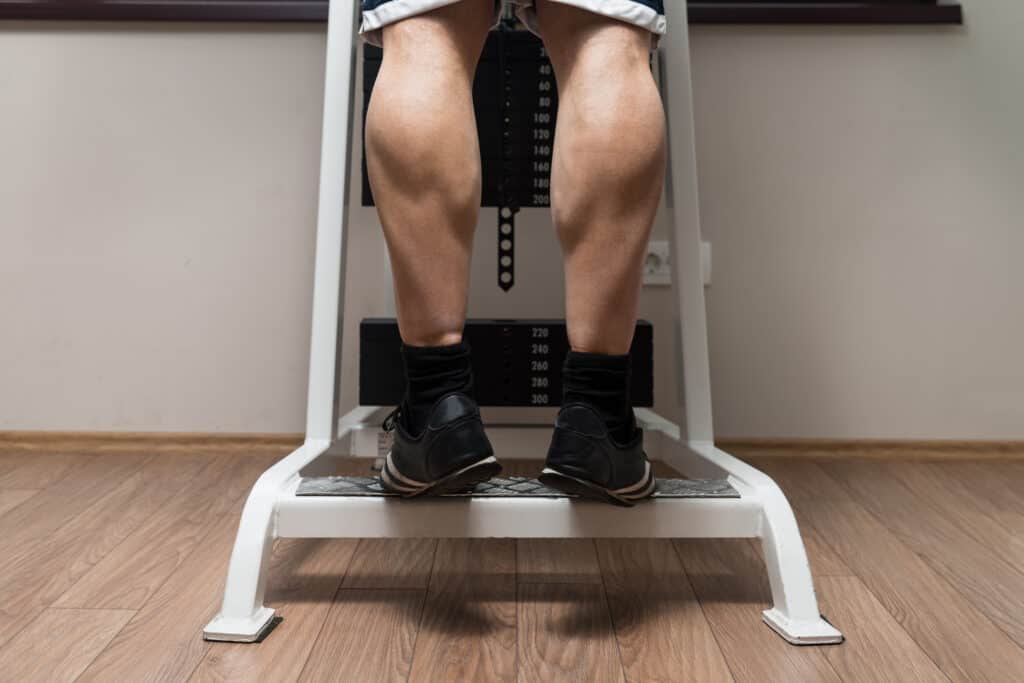There are certain parts of your body that don’t get enough love. Your feet just happen to be one of those areas that should, but don’t, get enough attention. They are not top of mind until you get laid up with a foot injury. When we sprain an ankle, get a stress fracture, or experience plantar fasciitis, then we understand totally. Our feet are easily one of our most valuable commodities.
Injury Prevention Can Reduce the Incidence of Foot Injuries
Many of the typical foot injuries can be prevented by simply paying more attention to how your feet feel. Inspect the sneakers you run in or work out in. Sneakers begin to wear down after you put a few hundred miles on them. By 300 to 500 miles, it’s time for a new pair even if they look new. A person who runs four miles, four times a week should consider replacing shoes after about 6 months, while a more casual runner could wait possibly a year. The rule of thumb is sneakers typically last 8-12 months.
Easy to Do Foot Exercises
Another way to prevent foot injuries is to add ankle and foot exercises into your warm-up or your workout. Some simple things to add are:
- Seated calf raise
- Standing calf raise
- Heel walking
- Standing toe extension
- Toe circle and pedal
- Foam roll the lower leg
- Tennis ball roll
Stay Ahead in the Game
There are seven items mentioned above. The first five are exercises and the last two are considered more foot therapy and all will help prevent injuries. They are each discussed in more detail below. Staying ahead in the game is key, meaning, even if you don’t have foot pain still use a foam roller and tennis ball periodically as a preventative measure. Rolling out tight muscle and connective tissue will only help your cause. Restrictive connective tissue – like fascia – and tight muscles, when not addressed, are an accident waiting to happen. Add the following exercises and therapy to your daily routine and workout to help prevent unwanted foot injuries.
About the Exercises
Seated and Standing Calf Raises
Keeping the lower leg strong enables you to handle the stress of daily activities and exercise better. The seated calf exercise helps strengthen the soleus muscle which lies beneath the calf muscle (gastrocnemius). A sitting position with the knees bent at 90-degrees activates the soleus while standing calf raises targets the gastrocnemius muscle.
Heel Walking
As the name implies, walking on your heels is a great way to strengthen the front of the lower leg (shin area). The lower leg muscles, like the tibialis anterior, perform dorsi flexion. Walk on your heels with your toes up for 10-15 yards and perform a few rounds of this.
Standing Toe Extension
While standing barefoot, move your left foot forward keeping your foot flat on the floor. Next, pull just your toes off the floor, pause, and then return pushing them into the floor and repeat for a high number of repetitions. This will strengthen all the small muscle in the front foot as well as the fascia on the bottom of the foot. Build up to 3×20 for each foot.
Toe Circle and Pedal
This is one exercise that is ideal as part of your warm-up especially on leg day. I actually do this series of movements first thing in the morning before getting out of bed. While lying supine, pull one leg in towards your chest with your hands interlocked, resting on your hamstrings above the back of the knee. Rotate the ankle clockwise for 20 repetitions before switching to counter clockwise for another 20 repetitions. Once this is done pump the ankle back and forth (plantar and dorsi flexon) like you’re pushing a gas pedal in a car for 20 additional repetitions. This exercise is one of a series of movements that are part of the Egoscue Method that I do religiously. One round equals 60 repetitions. Build up to three rounds.

Foam Roller
Before each workout take a few minutes to roll out each lower leg. Focus on the outside of the lower leg moving at a rate of one inch per second. When you roll over a tight spot, stop and hang out there for 30-60 seconds flexing/extending your foot a few times. The peroneal muscles get targeted here. This muscle and tendon usually gets inflamed from repetitive movement and can cause leg and foot pain.
Also spend time rolling out the tibilalis anterior that runs parallel to the tibia in the front of the lower leg. Finally, roll out the calf muscles. Keeping all these areas healthy will improve performance, reduce injuries and help with any type of activity you’re involved with from running to jumping to leg exercises.
Tennis Ball Rollout
If you have pain along the bottom of the foot, use a tennis ball to roll out the area. You have fibrous tissue that supports your foot and arch. Known as plantar fascia, it runs from your heel bone to your toes. It is a common cause of heel and foot pain. Of course, the goal is to do this before you have any pain and it’s great for injury prevention. This works nicely when you’re sitting at your desk at work or while watching television. Roll, roll, roll!
Add some of these exercises and therapies into your routine to help keep foot injuries at bay. Add an occasional epsom salt foot soak to the mix to help with any soar, tired feet and show those two feet of yours some love. Massage guns and regular foot massage can be beneficial too. Prevention is the best medicine though when it comes to any of this.
Use Jefit App
Jefit, named best online strength training choice for 2022 in an article published by the University of Colorado at Boulder. The app comes equipped with a customizable workout planner and training log. The app has ability to track data, offer audio cues, and features to share workouts with friends. Take advantage of Jefit’s exercise database for your strength workouts. Visit our members-only Facebook group. Connect with like-minded people, share tips, and advice to help get closer to reaching your fitness goals. Try one of the new interval-based workouts and add it to your weekly training schedule. Stay strong with Jefit.
- Hybrid Metabolic Strength Training for Faster Results - December 10, 2025
- Why Lifters Choose JEFIT App for Real Strength Gains - December 3, 2025
- Nutrition Trends Bodybuilders are Talking About in 2025 - November 26, 2025
